Restocking Programs: Do They Help or Harm Ecosystems?
The practice of restocking wildlife populations has become a cornerstone of modern conservation efforts. From fish releases into depleted streams to reintroducing apex predators into their former territories, restocking programs aim to bolster declining populations and restore ecosystem balance. These initiatives often generate enthusiasm among conservationists and the public alike, who celebrate the return of vanishing species to their natural habitats. However, beneath this optimistic veneer lies a complex reality where good intentions can sometimes lead to unexpected consequences. The debate around whether restocking programs truly help or harm ecosystems continues to challenge scientists, policymakers, and conservation practitioners as they navigate the delicate balance between human intervention and natural processes.
The Historical Context of Wildlife Restocking
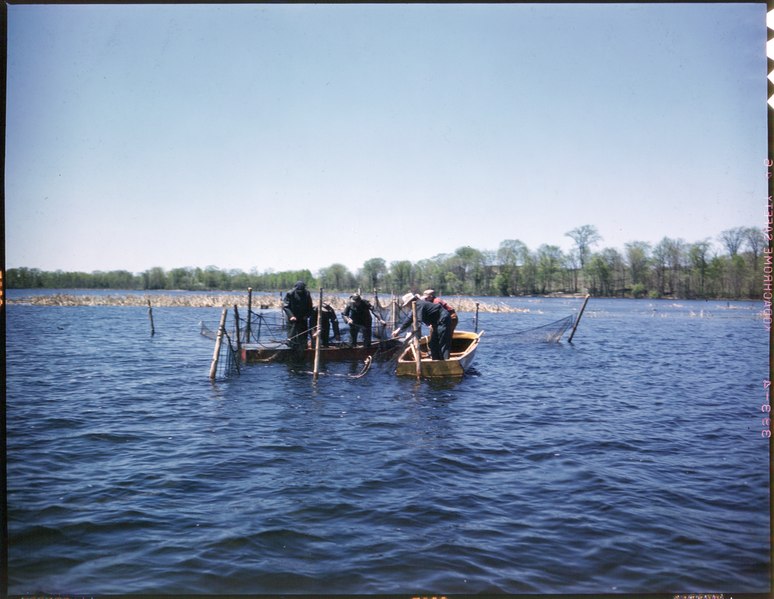
Restocking as a conservation strategy dates back to the early 20th century when the consequences of unregulated hunting and habitat destruction became impossible to ignore. Notable early efforts included the reintroduction of bison to the American plains and various game fish species to depleted waterways. These initial programs were often motivated more by recreational interests than ecological considerations, with hunters and anglers driving initiatives to ensure continued access to target species. The scientific understanding of ecosystem dynamics was still developing, and early restocking efforts frequently overlooked complex interactions between species and their environments. This historical context helps explain why some established programs continue practices that modern ecology might question, as institutional momentum and traditional approaches can be difficult to redirect even as scientific understanding evolves.
Defining Success in Restocking Programs
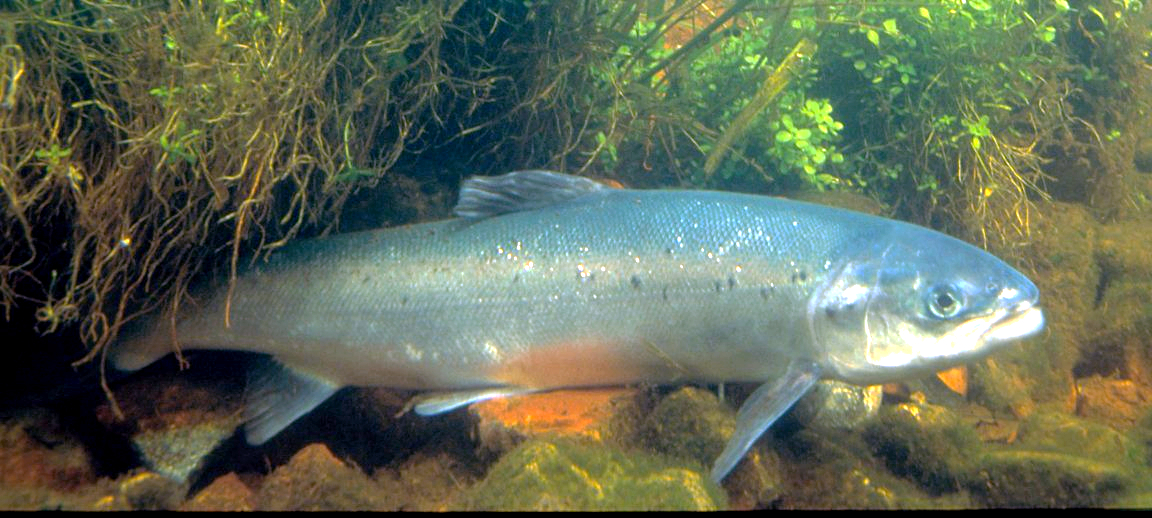
The criteria for determining whether a restocking program succeeds or fails often vary depending on who’s asking the question. For recreational fisheries managers, success might mean increased catch rates and angler satisfaction, while conservation biologists might prioritize genetic diversity and sustainable population growth. Government agencies might focus on economic benefits to tourism and local economies, while indigenous communities might emphasize cultural connections and traditional resource access. These differing perspectives create challenges when evaluating whether a program “helps” or “harms” an ecosystem, as the answer depends significantly on which values and metrics take priority. A truly comprehensive assessment requires acknowledging these multiple dimensions and recognizing that success in one area might come with tradeoffs in others, making simple black-and-white judgments nearly impossible.
Ecological Benefits of Thoughtful Restocking
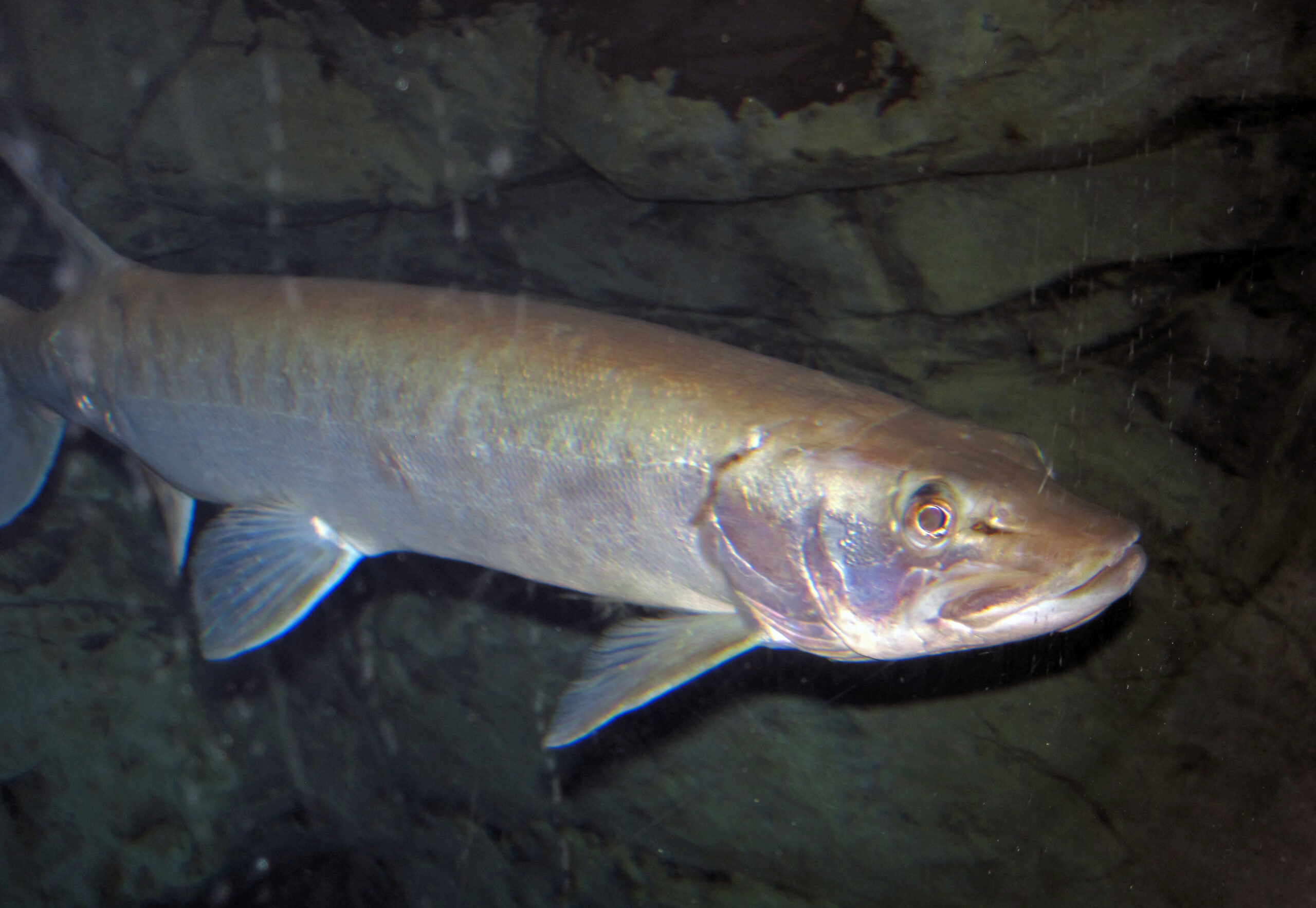
When implemented with careful ecological consideration, restocking programs can provide significant benefits to degraded ecosystems. The reintroduction of wolves to Yellowstone National Park stands as perhaps the most celebrated example, triggering a trophic cascade that transformed vegetation patterns, stabilized riverbanks, and created habitat opportunities for numerous species from beavers to songbirds. Similarly, the restoration of oyster reefs in coastal estuaries can improve water quality, provide habitat for hundreds of marine species, and protect shorelines from erosion. Prairie restoration efforts that include the reintroduction of bison have demonstrated remarkable improvements in plant diversity, as these keystone herbivores create heterogeneous grazing patterns that benefit the entire ecosystem. These success stories demonstrate that when restocking focuses on ecological function rather than simply increasing numbers of a single species, the positive ripple effects can extend throughout the entire ecosystem.
Genetic Considerations and Biodiversity Impacts
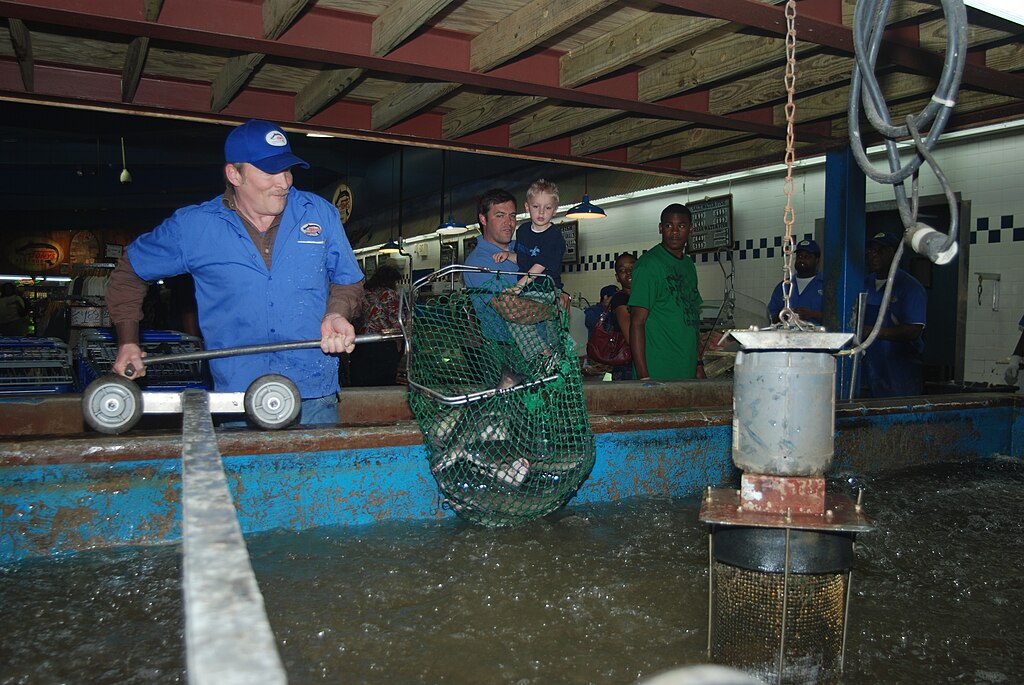
The genetic implications of restocking programs represent one of the most significant scientific concerns in contemporary conservation biology. When hatchery-raised individuals or animals from distant populations are introduced, they may carry genetic adaptations poorly suited to local conditions or dilute locally adapted gene pools through hybridization. Fish hatcheries have particularly faced criticism as evidence mounts that hatchery-raised fish often show reduced fitness in the wild and can compromise the genetic integrity of wild populations through interbreeding. On the other hand, some endangered species face such severe genetic bottlenecks that introducing genetic diversity from outside populations becomes necessary to prevent inbreeding depression. Conservation geneticists now advocate for careful genetic matching between source and recipient populations, maintaining genetic diversity within restocked groups, and monitoring genetic outcomes over time to ensure biodiversity is truly being preserved rather than compromised.
Disease Transmission Risks

The movement of animals for restocking purposes creates significant pathways for disease transmission that can devastate both target and non-target species. Historical examples include the spread of whirling disease among trout populations following hatchery stocking and the introduction of chytrid fungus to amphibian populations through well-intentioned conservation translocations. Modern protocols now typically include rigorous health screening and quarantine periods, but detecting every potential pathogen remains challenging, particularly for newly emerging diseases. The risk becomes particularly acute when animals are sourced from captive breeding facilities where novel pathogens may develop, or when animals are moved across significant geographic barriers that would naturally prevent disease transmission. Climate change further complicates this picture by altering the range and virulence of various pathogens, making yesterday’s safe practices potentially risky today and requiring constant vigilance and adaptation of health protocols in restocking programs.
Ecological Disruption Through Predator Reintroduction
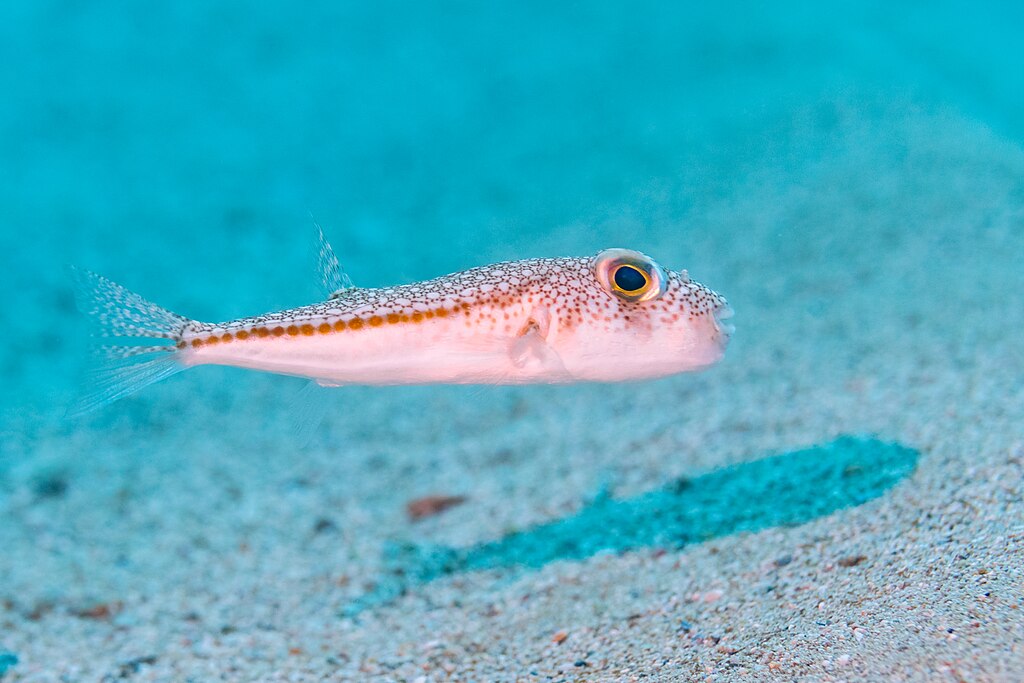
Predator reintroduction programs, while often ecologically beneficial, can create significant disruptions to established ecosystem dynamics and human activities. When wolves returned to Idaho and Wyoming, they not only affected elk populations but also triggered changes in ranching practices and recreational hunting that created intense social and political conflicts. Similar tensions have emerged around Florida panther recovery efforts as the predators occasionally prey on livestock and pets in areas where human settlement has expanded during their absence. These conflicts highlight the reality that ecosystems are not static entities waiting to be “restored” to some historical ideal, but dynamic systems that have adapted to the absence of certain species. Successful predator reintroduction, therefore, requires not just ecological planning but extensive stakeholder engagement, conflict mitigation strategies, and sometimes compensation programs to address inevitable disruptions to both wildlife populations and human communities.
The Problem of Dependency in Stocked Populations
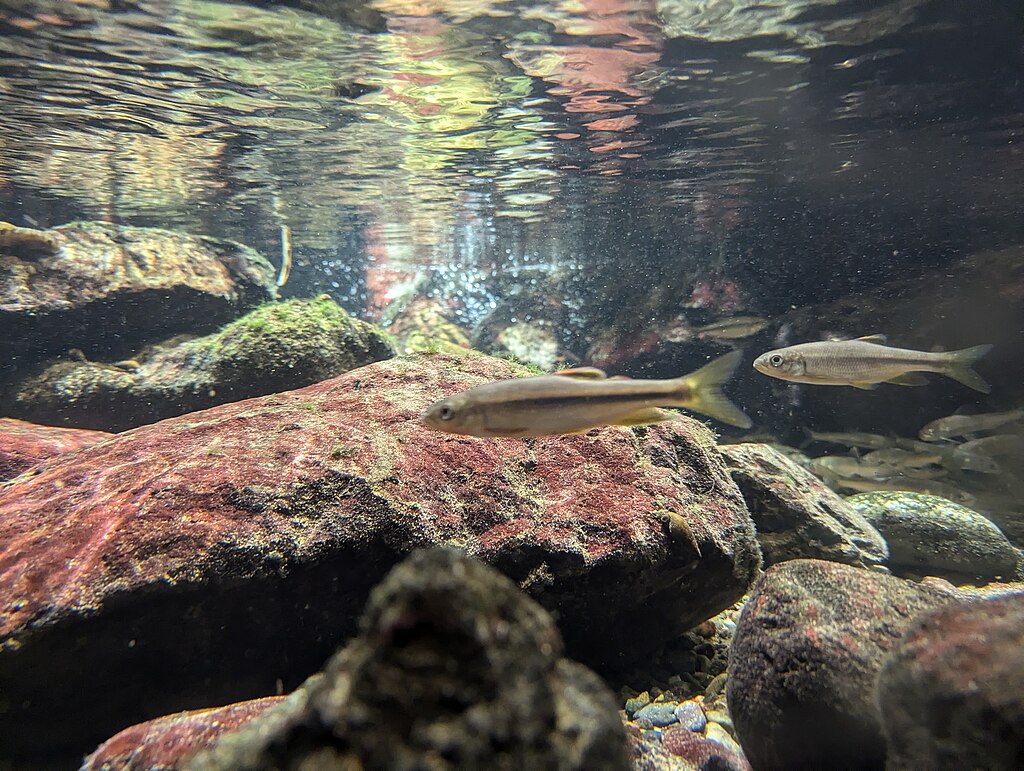
Many restocking programs struggle with creating truly self-sustaining populations, leading to perpetual cycles of release that can create artificial dependencies. This challenge is particularly evident in put-and-take fisheries, where hatchery-raised fish are continuously released to satisfy recreational demand with little expectation that they will reproduce naturally. Similar patterns emerge in some game bird stocking programs, where pheasants or quail are released annually because habitat conditions cannot support natural reproduction at levels desired by hunters. These dependency cycles raise questions about whether such programs truly constitute conservation or merely represent an outdoor form of agriculture. The economic and recreational benefits may be substantial, but from an ecological perspective, these practices may divert resources and attention from more fundamental habitat protection and restoration efforts that could eventually support truly wild, self-sustaining populations.
Economic Dimensions of Restocking Initiatives

The economic implications of restocking programs extend far beyond the direct costs of breeding and releasing animals. In many communities, particularly rural areas, restored wildlife populations support significant tourism and recreational economies that can transform local financial landscapes. The reintroduction of wolves to Yellowstone, for instance, generates millions in annual tourism revenue as wildlife watchers flock to glimpse these charismatic predators. Similarly, restored salmon runs support commercial and recreational fishing industries throughout the Pacific Northwest, creating jobs and preserving traditional livelihoods. However, these economic benefits must be weighed against costs that include not just program implementation but also potential impacts on competing land uses like ranching, farming, or timber production. This economic complexity helps explain why restocking programs often become politically contentious despite their conservation value, as different stakeholders stand to gain or lose financially depending on how programs are designed and implemented.
Cultural and Ethical Perspectives
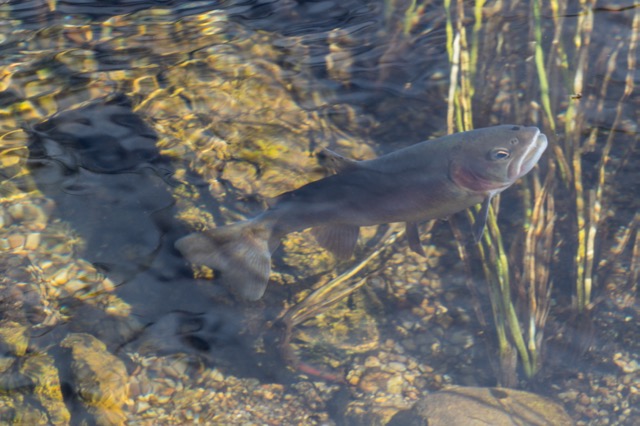
Restocking programs carry profound cultural and ethical dimensions that extend beyond scientific considerations. For indigenous communities, the return of culturally significant species like salmon, bison, or eagles can represent healing and cultural revitalization after historical injustices that included the deliberate destruction of resources tied to traditional ways of life. These cultural connections often bring traditional ecological knowledge into conservation planning, enriching scientific approaches with generations of observational wisdom. From an ethical standpoint, restocking raises questions about human responsibility for past ecological damage and our obligation to repair it, balanced against concerns about further manipulation of natural systems. Some environmental philosophers question whether heavily managed populations can truly fulfill the ecological and spiritual roles of their wild ancestors, suggesting that something essential is lost when wildlife becomes dependent on human management. These perspectives remind us that restocking decisions are never purely technical but reflect deeper values about human relationships with the natural world.
Case Study: Marine Fisheries Restocking
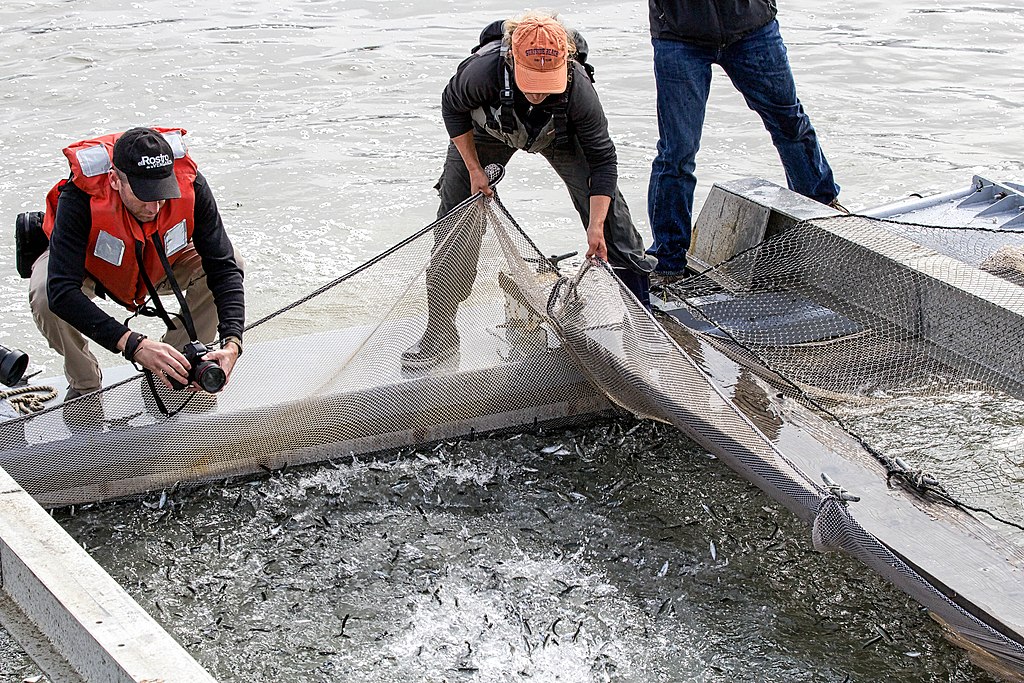
Marine fisheries restocking programs offer particularly instructive examples of both the potential and pitfalls of reintroduction efforts. In Japan, extensive efforts to enhance coastal fisheries through releases of hatchery-raised juveniles have shown mixed results, with some species showing improved commercial catches while others demonstrate poor survival and minimal fishery benefits despite significant investment. In the Chesapeake Bay, oyster restoration has evolved from simple shell planting to sophisticated reef construction techniques informed by ecological principles, resulting in measurable water quality improvements and habitat creation beyond the target species. The contrast between these approaches highlights how restocking can evolve from simplistic “add more animals” strategies to sophisticated ecosystem restoration initiatives. Marine systems also face unique challenges, including the difficulty of containing released organisms in open ocean environments, making genetic interactions with wild populations almost inevitable, and creating challenges for evaluation and adaptive management that exceed those in more contained terrestrial systems.
Legal and Regulatory Frameworks
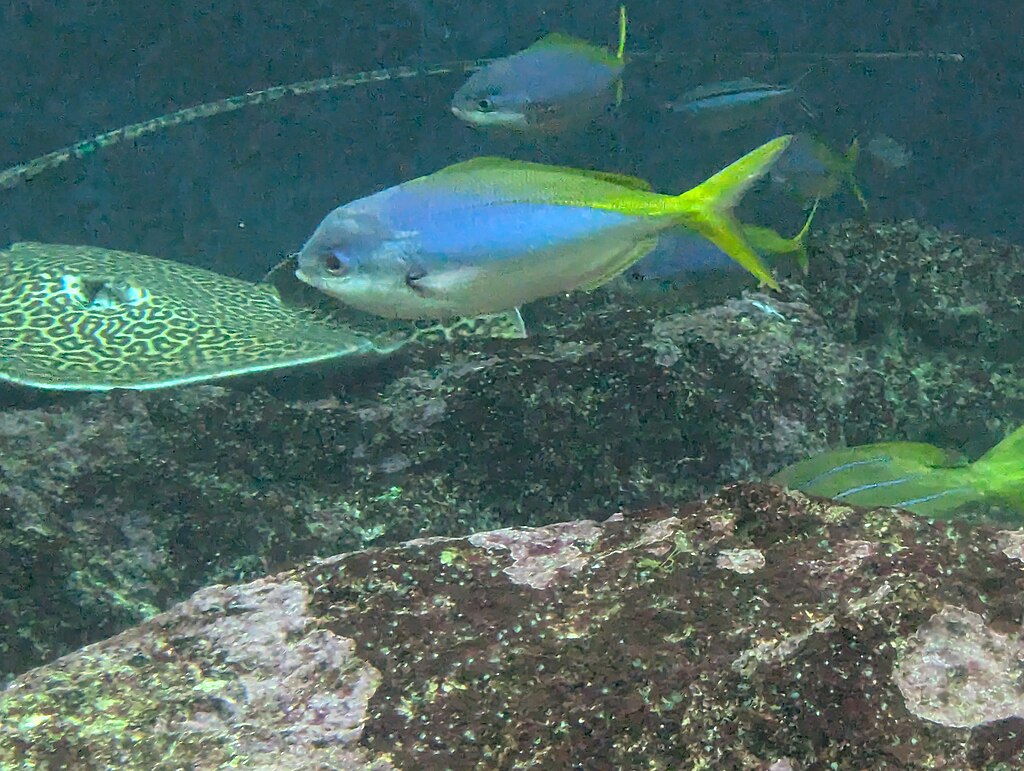
The success of restocking programs depends heavily on the legal and regulatory frameworks that govern them, which vary dramatically across jurisdictions. In the United States, the Endangered Species Act provides powerful protections for reintroduced federally listed species, though controversial “experimental population” designations can reduce these protections to facilitate stakeholder acceptance. The European Union’s Habitats Directive similarly supports reintroduction efforts while requiring member states to restore and maintain suitable habitat for native species. In contrast, many developing nations lack comprehensive wildlife legislation, resulting in restocking efforts that may proceed with minimal oversight or follow-up monitoring. International agreements like the Convention on Biological Diversity establish broad principles for conservation translocations but lack specific enforcement mechanisms. These governance challenges highlight the need for stronger transboundary cooperation and more consistent application of scientific best practices across political boundaries, particularly as climate change forces species ranges to shift across jurisdictional lines.
Alternatives to Traditional Restocking
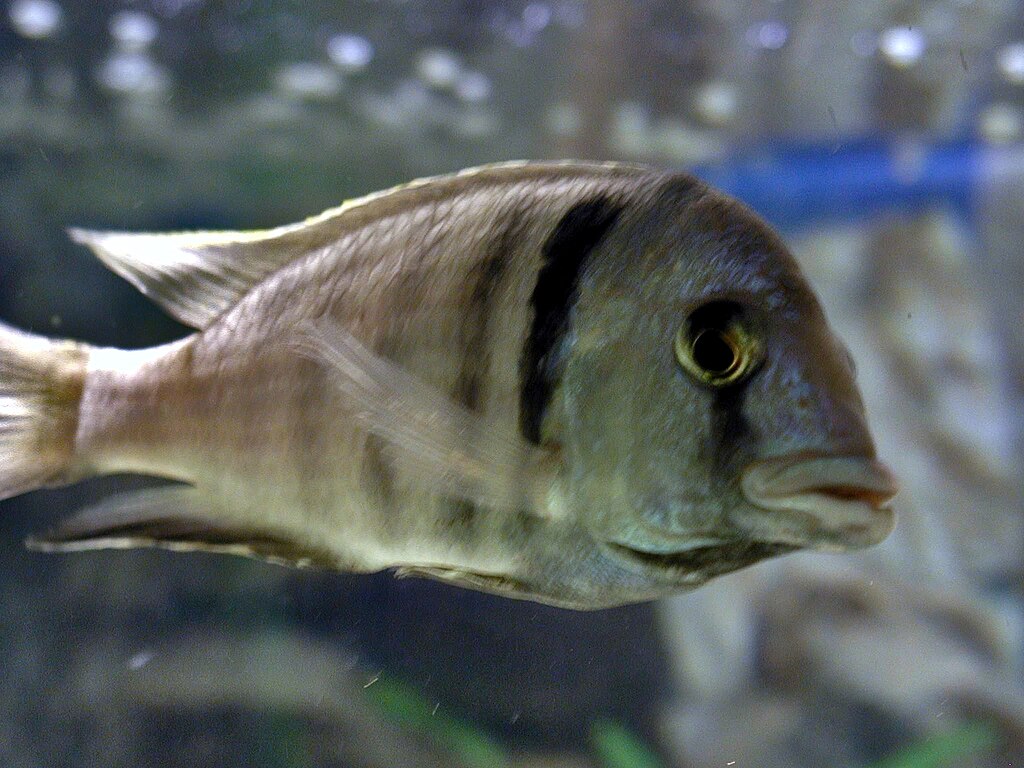
As understanding of ecosystem complexity grows, conservation practitioners increasingly explore alternatives to direct restocking that may produce more sustainable outcomes. Habitat restoration represents the most fundamental alternative, addressing the root causes of population decline rather than treating symptoms through continual releases. Connectivity conservation, which focuses on linking isolated habitat patches through corridors or stepping stones, can allow natural recolonization to occur without direct human translocation of animals. Incentive programs that encourage private landowners to manage land in wildlife-friendly ways can expand available habitat beyond protected areas, creating conditions where populations can naturally expand. Perhaps most promising are integrated approaches that combine strategic restocking with these complementary strategies, using limited translocation to overcome dispersal barriers while simultaneously addressing habitat quality, connectivity, and human-wildlife conflict. This evolution in thinking reflects growing recognition that true ecosystem restoration requires attention to processes and relationships rather than focusing narrowly on population numbers of individual species.
The Future of Scientific Restocking Approaches
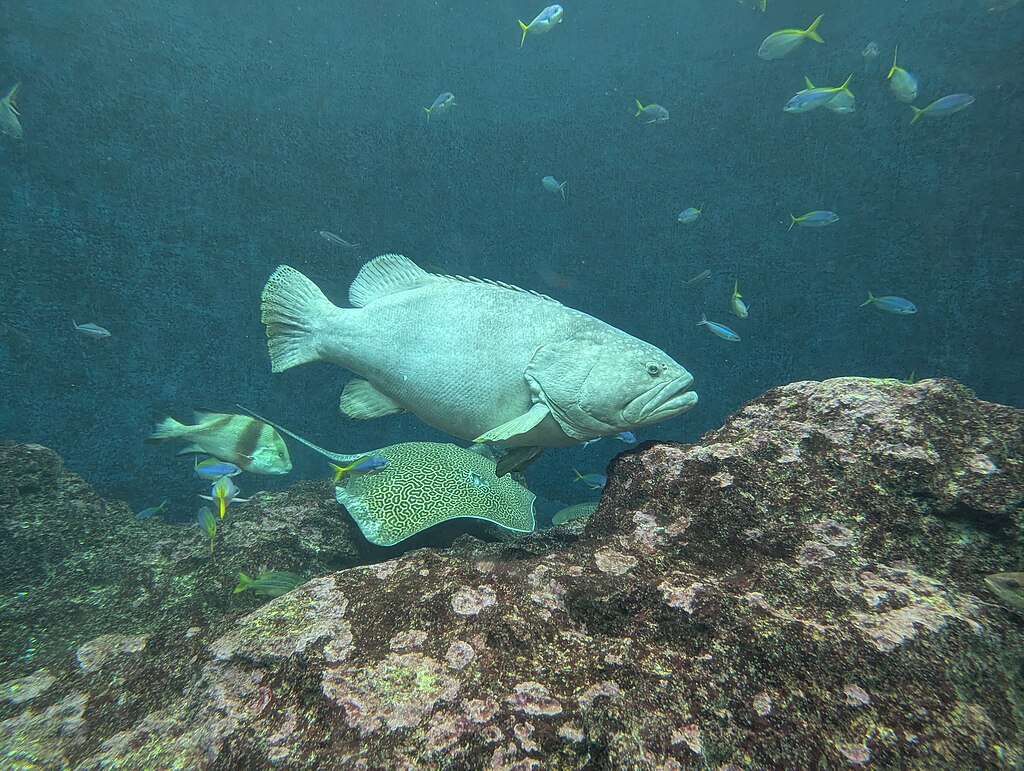
Emerging scientific approaches promise to make future restocking efforts more effective and less ecologically disruptive. Advances in conservation genomics now allow practitioners to assess genetic compatibility between source and recipient populations with unprecedented precision, potentially reducing risks of outbreeding depression or maladaptation. Sophisticated habitat modeling incorporating climate projections helps identify release sites that will remain suitable for target species despite changing conditions. Innovative monitoring techniques, from environmental DNA sampling to automated acoustic recorders, enable more comprehensive post-release evaluation than was previously feasible. Perhaps most significant is the growing adoption of adaptive management frameworks that treat restocking as a series of carefully monitored experiments rather than one-time interventions, allowing continuous refinement based on outcomes. These scientific advances suggest a future where restocking becomes increasingly precise and evidence-based, with clearer thresholds for intervention and more realistic assessments of when natural recovery processes should be allowed to operate without human assistance.
Conclusion: Finding Balance in Conservation Intervention

The question of whether restocking programs help or harm ecosystems ultimately has no universal answer, as outcomes depend entirely on context, implementation, and perspective. The most successful programs share common elements: they address underlying causes of decline rather than just symptoms, incorporate genetic and disease considerations from the outset, engage stakeholders throughout the process, and include robust monitoring to enable adaptation. The most problematic programs typically emphasize quantity over quality, neglect genetic considerations, fail to address habitat limitations, or lack clear exit strategies that define when artificial support should end. Moving forward, the conservation community faces the challenge of applying accumulated knowledge more consistently while recognizing that some degree of humility is warranted when intervening in complex ecological systems. Perhaps the most balanced perspective acknowledges that restocking represents neither a conservation panacea nor an inherently flawed approach, but rather one tool among many that, when applied thoughtfully and in the right circumstances, can contribute to maintaining the ecological and evolutionary processes that sustain biodiversity in an increasingly human-dominated world.
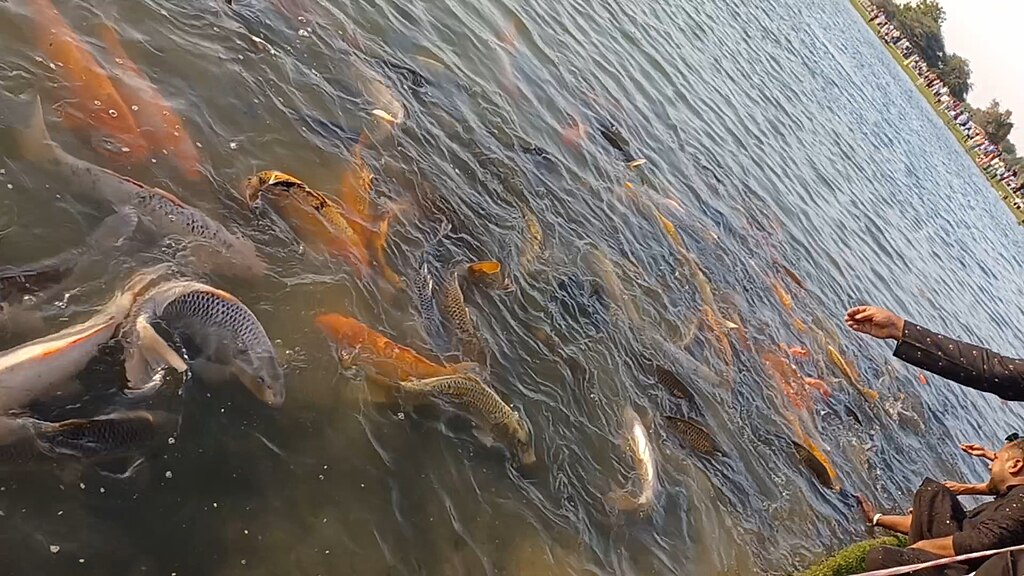













Post Comment